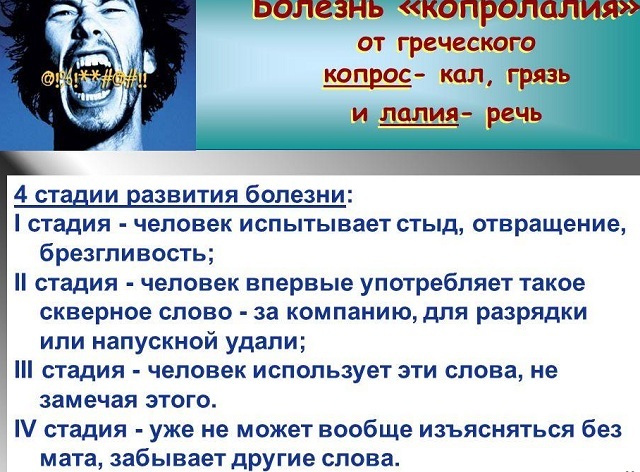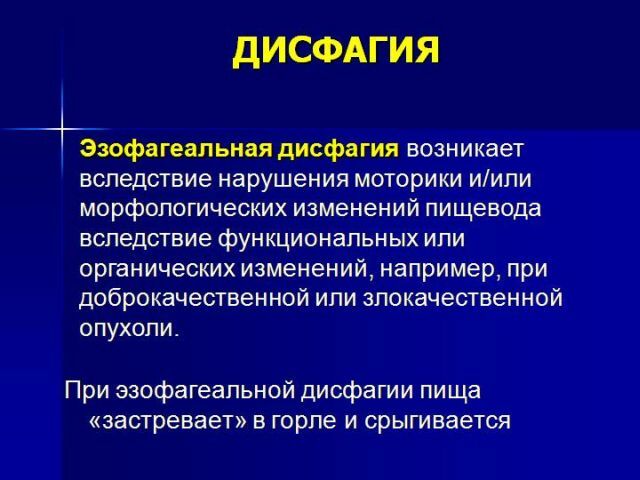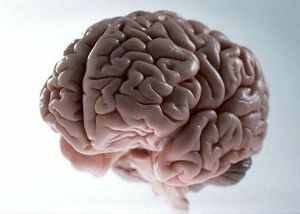 Irritation is an irritation of an organ, but most often this term is used in neurology when it comes to stimulation of the brain( its cortex and deep structures).Various parts of the brain can be irritated.
Irritation is an irritation of an organ, but most often this term is used in neurology when it comes to stimulation of the brain( its cortex and deep structures).Various parts of the brain can be irritated.
Irritation is not an independent disease, but merely indicates other abnormalities in the functioning of the central nervous system and the brain( tumors, infection, circulatory insufficiency, or metabolic disorders).
What provokes brain irritation
Stimulation of brain structures can occur in patients of absolutely any age, in adults and in children. Causes that may result in the irrigation of different parts of the brain may be different:
- infectious diseases( influenza, malaria, rheumatism and others);
- tumor formation( malignant or benign);
- metabolic disorders;
- constitutional deficiency of the irritated area;
- problems with blood circulation due to various causes: atherosclerosis, head trauma, increased intracranial pressure.
Among other things, other unfavorable factors can aggravate the situation: alcohol consumption, drug addiction and addiction, poor ecology, industrial hazards, various psychogenic factors( stress, strong mental stress, shock situations).
Hormonal changes during pregnancy and lactation can also have a negative effect on the already existing brain damage.
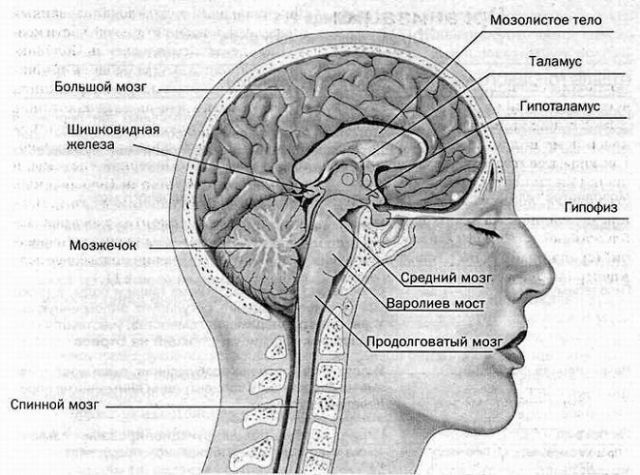
Symptomatic lesions of different departments of
Depending on where the irritation zone is located, certain symptoms appear.
Irritation can occur in the subcortex or bark of the cerebral hemispheres.
To the subcortex include the diencephalic areas:
- stem ( these include the trunk itself, the intermediate brain, the mediobasal cortex of the frontal and temporal lobes);
- median ( corpus callosum, third ventricle walls, epiphysis, limbic system having a complex anatomical structure).
This division is very conditional, as some departments are related to one and the other area.
Defeat of cortical areas
Irritation of the cerebral cortex is most often manifested by the episyndrome and other disorders. The symptomatology depends on where exactly the irritation is located:
- The posterior part of the middle frontal part of .In this case, characterized by seizures with twitching of the orbit, head.

- The inverse field of .Such irritation usually manifests itself in the form of convulsions with the side of the body opposite from the pathological focus. A person loses consciousness at the beginning of a fit.
- The operative zone is .When it is injured, the person develops so-called opercular attacks - uncontrolled smacking, champing, licking and chewing movements.
- Central gyrus .Epipristup in this case begins to develop in the muscles of the legs and hands, then intensifies. May be accompanied by loss of consciousness.
- Rear central gyrus .Sensitive epilepsy is characteristic for this type of disorder. Also, the side of the trunk opposite to the pathological area of the lesion becomes numb, and unpleasant tingling sensations( so-called paresthesia) are felt in it. Such an attack can intensify and cover even adjacent parts of the body.
- Occipital Part .With irritation in this field there are seizures with the orbits and head turning in the opposite direction, a general epileptic seizure is possible. Often and hallucinations, when the patient sees light flashes, sparks and lightning.
- The temporal fraction of .Violations in it are characterized by hallucinations of hearing and smell. Often there is a short-term loss of consciousness. Signal symptom can serve as a sharply arisen sense of unreality or, conversely, the state of "deja vu".Frontal lobe .Symptoms of her irritation are involuntary grasping movements. The patient automatically captures the subject, touching his palm. Rarely, such pathology develops into a more complex form, when the objects appearing before the eyes are grasped.
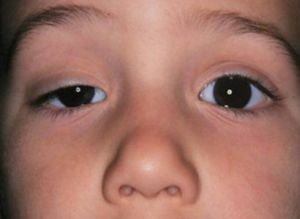
- Cranial fossa( WH) .When irritated in the anterior cranial fossa, the sense of smell and vision is disturbed. If the changes have touched the back of the WH, first of all, hearing and smell are affected, and facial sensitivity is impaired. There may be painful tic and ophthalmoparesis, if there is damage in the middle Q.Brain adnexa .It is difficult not to notice violations in this brain department. After all, their symptoms are very pronounced: the nose and tongue grow in size. Also observed pathology of the genital organs, weight redundancy.
Signs of irrigation of the diencephalic structures of the brain
If there is a violation in the subcortical areas of the brain, the patient may have epicas. In addition, cognitive( mental) and autonomic disorders are inherent in this type of disorder.
Damage to the lower stem divisions often results in the patient's memory being impaired, and attention being paid. There are problems with sleep.
The irritation of the central parts of the hypothalamus has the following symptoms:
- vegetatively vascular dystonia( VSD) with negative emotions;
- memory and attention violations;
- other pathologies of a psychopathological nature reminiscent of Korsakov's syndrome.

Irritation of the median structures of the brain is manifested by the following symptoms:
- When the is irritated by the , the patient has different cognitive and speech disorders( these processes are reversible), and a distorted perception of his own body may appear.
- If the is affected by the gray tuberosity of the hypothalamus( nearshore) , the patient experiences general cognitive impairment, spatio-temporal disorientation. In addition, there may be a so-called depersonalization, when all the personal actions of the patient perceive from the outside. In general, irritation of the hypothalamus can lead to a number of health problems not only from the side of neurology: patients often have all sorts of endocrine and gynecological diseases.
- If the lesion is localized in the ventrolateral nuclei of the thalamus , then short-term memory abnormalities, verbal disturbances are possible. Often the patient ceases to recognize and name the objects surrounding him.
If local signs of irritation are not detected during the study, then it is considered diffuse.
General approaches to diagnosis and treatment
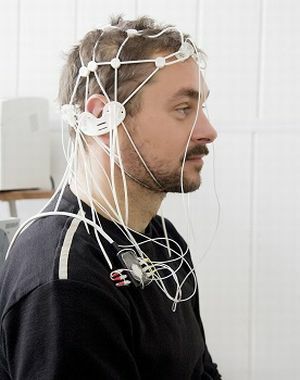 The term "irrigation" is also applicable to the characterization of an electroencephalogram, if there is a picture of desynchronization of the oscillations, and also on the diagram there are uncharacteristic peaks and waves.
The term "irrigation" is also applicable to the characterization of an electroencephalogram, if there is a picture of desynchronization of the oscillations, and also on the diagram there are uncharacteristic peaks and waves.
It is from the EEG that the detection and diagnosis of neurological diseases begins when there are corresponding symptoms.
In addition to detecting the underlying pathology( root cause), the patient may be assigned to other instrumental studies: MRI, angiography and others.
Neuropsychological diagnosis helps to identify the patient's speech, cognitive and emotional disorders, which are the result of irritation of certain parts of the brain.
Treatment begins with the elimination of a disease that has caused irritation of the brain structures( for example, an infectious disease or a tumor).
Then the patient undergoes neurocorrection - a whole complex of special psychological techniques aimed at restructuring the functions of the brain.

